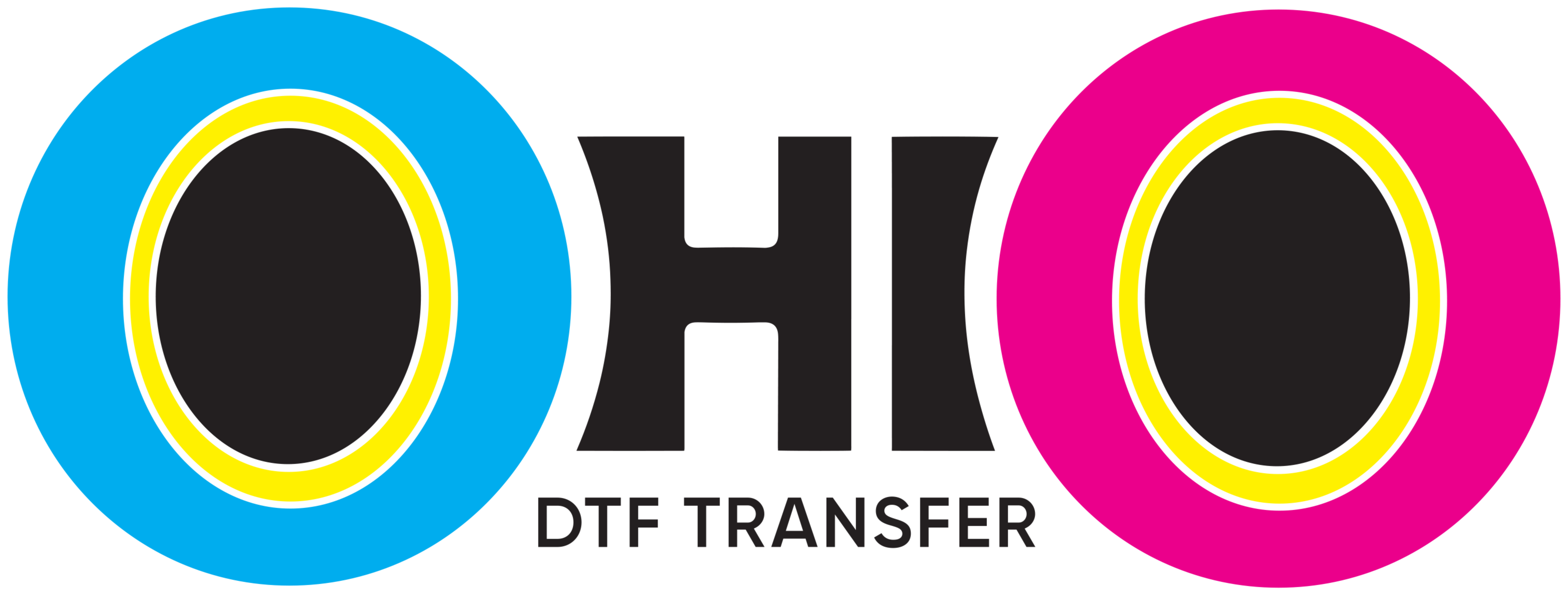What Is DTF Printing?
In the world of textile customization, one technique is drawing more and more attention: . What Is DTF Printing Short for Direct-to-Film, this method offers an efficient way to apply colorful and detailed designs onto a wide range of fabrics. It has become increasingly popular thanks to its ease of use, strong results, and compatibility with various materials.
Unlike older printing methods, this one doesn't need fabric pre-treatment. This alone simplifies production and reduces time. What Is DTF Printing that’s a huge plus for businesses focused on speed and flexibility.
How the Process Works
The workflow is straightforward yet clever. First, a design is printed onto a specialized film using pigmented inks. These inks remain slightly wet, which is important for the next step.
Right after printing, a fine adhesive powder is sprinkled over the ink. This powder bonds with the image when exposed to heat. Once it’s heated and cured, the design is ready to be pressed onto the final fabric surface using a heat press.
This approach creates a durable bond between the print and the fabric, making the image last longer even after repeated washes.
Key Benefits of This Method
There are several reasons why businesses and DIY enthusiasts are switching to this printing method.
-
No pre-treatment: Saves time and eliminates an entire step from production.
-
Compatible with many fabrics: Works on cotton, polyester, blends, and even unconventional materials.
-
Color vibrancy: The final result offers strong contrast and clarity.
-
No weeding: Unlike vinyl, there’s no need to remove any background by hand.
-
Suited for small runs: Perfect for custom pieces, prototypes, or short-term campaigns.
Also, because it requires fewer tools than some traditional setups, it can be a more budget-friendly entry point into garment decoration.
Comparing It to Other Techniques
Each garment printing method has its strengths, but this particular approach stands out for flexibility.
For example, screen printing is excellent for large volumes but not efficient for multi-color or small jobs. It also requires screens for each color, which increases prep time.
DTG (Direct-to-Garment) is another strong option, especially for cotton garments. However, it often requires pre-treatment and can struggle with non-cotton fabrics.
Sublimation, while great for polyester, doesn’t work well with cotton and only works on light-colored surfaces.
This printing technique manages to overcome most of those limitations, making it a more universal solution.
Common Applications
Thanks to its versatility, this method is being used in many creative ways. Here are just a few:
-
Custom apparel like t-shirts and sweatshirts
-
Promotional tote bags
-
Decorative pillows
-
Event merchandise
-
Personalized gifts
-
Team uniforms and sportswear
The possibilities are almost endless, and new products are being added all the time.
Best Practices for Quality Results
To make the most of the process, a few best practices should be followed:
-
Use clean, dust-free film and powder materials
-
Keep your printing environment dry
-
Ensure even application of powder
-
Calibrate your heat press correctly
-
Allow the transfer to cool before peeling
-
Press again after peeling for extra durability
Also, regular maintenance of your printer helps keep the prints crisp and free of streaks.
Environmental Impact
While not completely waste-free, this method is considered more environmentally friendly than some others. Water-based inks are less harmful than solvent alternatives. Still, used transfer films and powder residue need to be handled responsibly.
Companies concerned about sustainability should factor this into their overall production process and recycling efforts.
Final Thoughts
What Is DTF Printing this printing technique offers an efficient way to create custom apparel without a steep learning curve or expensive equipment. What Is DTF Printing it bridges the gap between quality and simplicity, giving creators the tools to produce vibrant, long-lasting designs with ease.
Whether you're running a small print shop or starting a side hustle at home, this method is an excellent option to explore. Its growing popularity is a sign of its reliability—and its potential to reshape the way we think about garment customization.





